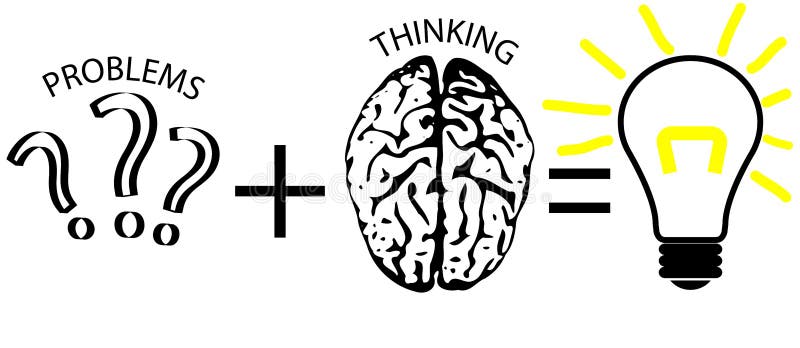Health care and eat fresh food
All Real Information blogs
This definition is just one of many possibilities. What constitutes a “normal” life can be very different. A weak person who stays “healthy” in the normal environment may suffer from a heart attack as a result of shoveling after a snowstorm; or a beach resident may move to a new home in the mountains, where the atmosphere is low in oxygen, and he suffers from shortness of breath and anemia until his red blood pressure rises. Therefore, even with this definition, a healthy pregnancy should involve some acceptance of changes in the environment.
Hand washing. A health worker washes his hands in a hospital sink under running water. infectious diseases wash hands, hand hygiene, infection, human health
BRITANNICA QUIZ
Human Health
What is the most common non-communicable disease in the world? What is "The Curse of King Tut?" Learn more about human health in this question.
Poor health can be defined as the presence of disease, good health as its absence — especially the absence of a chronic illness, because a person who is suddenly attacked by a seasickness, for example, may not be thought to have lost good health as a result of such an accident.
In fact, there is a wide gap between health and disease. Just a few examples are needed to illustrate the point: (1) It is normal for the human body to have high blood sugar within 15 to 20 minutes after eating a meal. However, if the blood sugar level rises after two hours, this condition is rare and may indicate a disease. (2) A “healthy” person may begin to have disagreements about certain things, perhaps at a young age, for one thing or another. If a person re-encounters an antigen that causes allergies, all other factors that remain normal, he or she will remain in that state of health. However, if a person relapses with the disorder and, even 20 or 30 years later, he or she may suffer from the effects of a minor allergy — a simple rash — to severe anaphylactic shock, coma, or even death, depending on the circumstances. It can thus be seen that, in contrast with disease, commonly diagnosed, treatable, and easily defined, health is a serious and difficult-to-describe condition.
Moreover, physical condition and health are not the same words. A seven-foot-tall basketball player may be in excellent physical condition (though not beyond normal range) but may be healthy or not at all — for example, depending on whether the person has been the victim of an attack. the flu.
There are other problems in solving the meaning of human life. A person may be physically strong, resistant to infections, and be able to cope with physical stress and other aspects of their environment and be considered unhealthy if their mood, as measured by behavior, is considered inappropriate. Mental health itself can be defined in a number of ways. Some say that a person is mentally healthy if he is able to function properly and be emotionally and morally stable. Some describe it as the absence of mental disorders.
When we are faced with confusion about the meaning of life, it is very helpful, perhaps, to define health, good or bad, in terms of measuring and interpreting a person's ability to measure in order to work in a particular area. in the usual way, about the chances of having an imminent disease. These estimates can be found in the "reference values" tables printed in medical literature, diagnostics, and other indicators of this type. When a person has a health test, the test may include a series of tests. Some of these tests are more detailed than dose and may indicate the presence of a disease in a person who appears to be healthy. Such tests include an electrocardiogram to detect certain types of heart disease; electromyogram of major muscle disorders; liver and gallbladder function tests; and X-ray methods for diagnosing diseases or malformations of internal organs.
Some tests provide numerical results (or results that can be assigned numerical values — such as photometric color determination) that can interpret the tester. This is a physical and chemical examination, which includes blood, urine, and cerebrospinal-fluid analysis. Test results are compared with referral rates, and the physician receives indications about the patient's health and, if the rates are abnormal, in ways to improve the patient's health.
The main difficulty in interpreting the test results is biodiversity. Almost without exception, variable reference prices are the method or modified methods for large group measurements. For these values to be significant, they must be considered to be located somewhere close to the center of 95 percent width — that is, the so-called standard width or, by booking, the width from the normal to the upper and lower boundary. Thus, 2.5 percent below the lower limit and 2.5 percent above the upper limit of 95 percent are considered abnormal areas or, possibly, disease. Some areas are 95 percent wide — for example, blood pressure may vary greatly throughout the day (e.g., during exercise, panic, or anger) and remain within its normal range.
Some values are so small that they are called physiological constants. A person's body temperature, for example, does not usually vary (if taken in the same anatomical position) over a degree (from the time of ascending to bedtime) without showing infection or other illnesses.



No comments
Thanks you